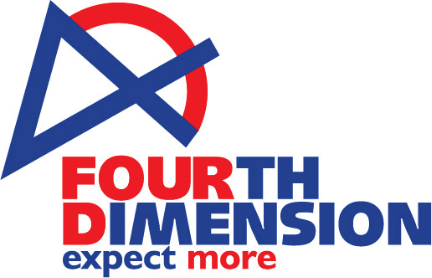7 Measures to Protect Your Organization from Fraud and Data risks
Cybersecurity
In September 2017, Equifax suffered one of the significant data breaches in history. It is one of the major credit reporting agencies in the United States.
The breach exposed personal and financial information of 147.9 million Americans. Equifax later invested $1.6 billion to strengthen its cybersecurity defenses. This incident shows what could happen if a business lacks security procedures to protect against data and fraud risks.
Here are 7 measures to protect your organization from fraud and data risks:
1. Understanding different types of threats:
The threat landscape refers to the current risk environment of the organization.
This includes all known and unknown risks that can affect an organization.
By evaluating the threat landscape, you can develop strategies to reduce the associated risks.
Common cybersecurity threats include malware, phishing attacks, ransomware attacks, zero-day vulnerabilities, and more.
2. Identifying the attack surfaces of your business:
The attack surface is the number of ways fraudsters can access your data. People and devices are the two primary attack surfaces.
The gadgets used to connect to the Internet are the entry points for fraudsters to access your data.
People are the primary target of sophisticated cyberattacks.
Gartner predicts human error causes 95% of cloud breaches, and this trend will continue.
Servers, applications, ports, websites, and system access points are other common attack surfaces.
Evaluate vulnerabilities, secure weak points, and keep an eye out for any irregular activity to reduce the attack surface.
3. Know your regulatory requirements:
Fraudsters may target businesses in any sector that collect data.
Healthcare and the financial sector are two industries that possess sensitive data and are more exposed.
Effective regulatory compliance controls can help keep your data safe from fraudsters.
It also reduces risks, such as legal issues, fines, data breaches, and cyber-attacks.
4. Conduct comprehensive risk assessment:
When you have a clear understanding of your threat landscape and attack surfaces, it’s time to assess the impact of potential risks.
Risk assessment helps determine the level of risk associated with various scenarios.
It also allows you to quantify the risks and allocate resources.
You can identify which risks pose the greatest threat and need urgent attention.
Conducting periodic risk assessments ensures that you stay up-to-date with the changing risk landscape and can adapt your security measures accordingly.
5. Implement Security Best Practices:
Enforce access control policies that restrict access to data and systems. Only authorized personnel should have access to sensitive information.
Educate your employees to recognize phishing emails, social engineering tactics, and the importance of strong passwords.
Implement Multi Factor Authentication (MFA) to access critical systems and applications.
Regularly update and patch operating systems, software, and applications to address known vulnerabilities.
Implement regular data backups and ensure they are stored securely.
6. Incident Response Plan & Disaster Recovery Plan:
You can reduce risk and get ready for a variety of events with the aid of an incident response plan and a disaster recovery plan.
An Incident Response Plan is a set of tools and procedures required to recover your organization from an external attack.
Create a disaster recovery plan for physical disruptors like earthquakes, power outages, fire accidents, and floods.
In the event of an external attack, DRP & IRP helps to reduce data loss, misuse of resources, and the loss of customer trust.
Losing data or functionality can be disastrous, whether the threat is real (power outages or natural disasters) or virtual (security breaches).
7. Continuous Monitoring:
Set up continuous security monitoring to detect and analyze unusual or suspicious activities on your network and systems.
Consider using Security Information and Event Management (SIEM) solutions for centralized log analysis.
Regularly review and update your security measures to adapt to evolving threats and technologies.
A Secure Enterprise Is a Thriving Enterprise
You can't eliminate the possibility of a data breach and fraud. However, the measures in this blog can turn them into opportunities for a more secure and resilient enterprise.
An experienced MSP like 4D knows how to handle and reduce security risks. Trust us to keep your data secure and your systems running. Contact us now to strengthen your defenses.
